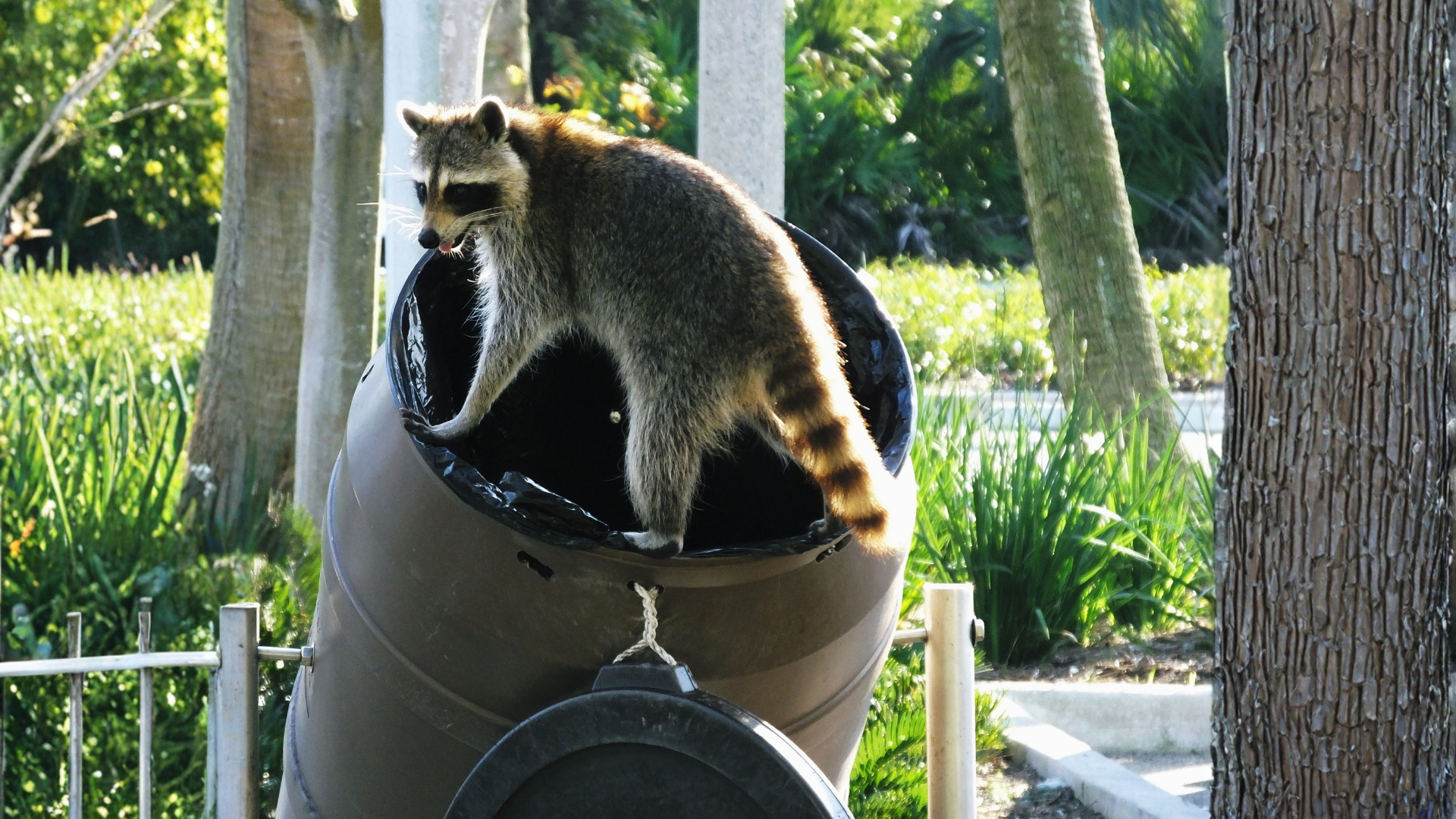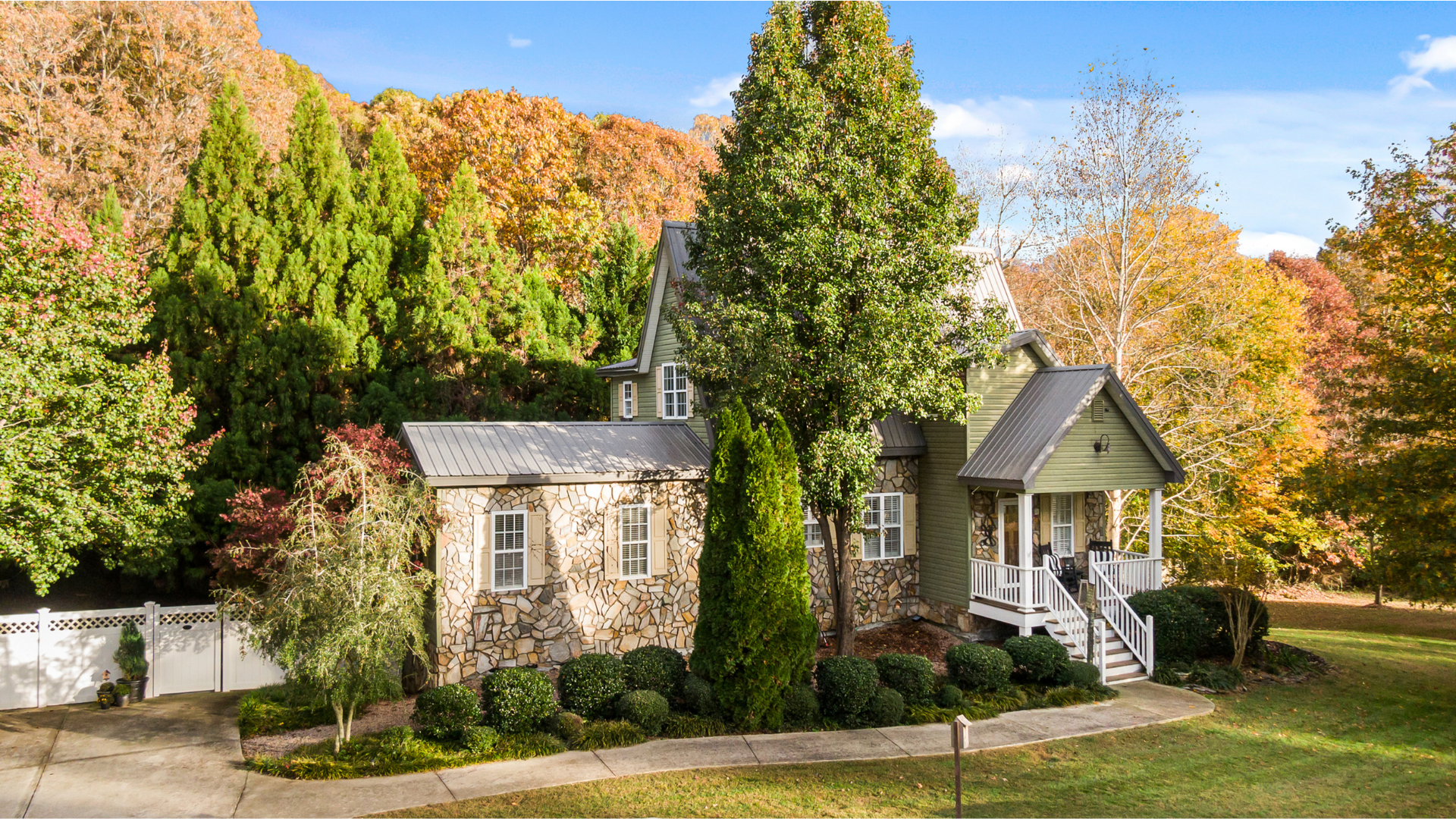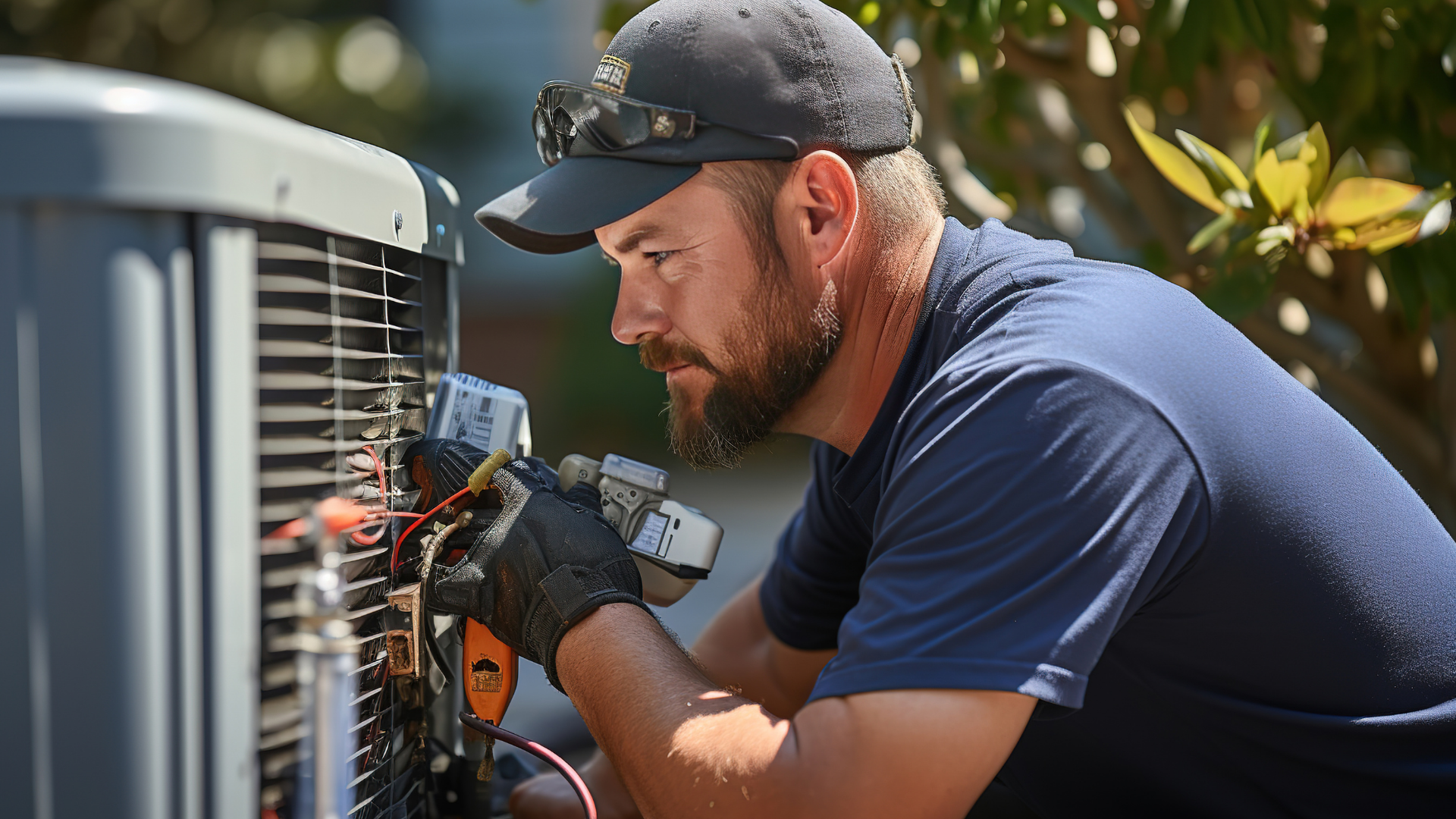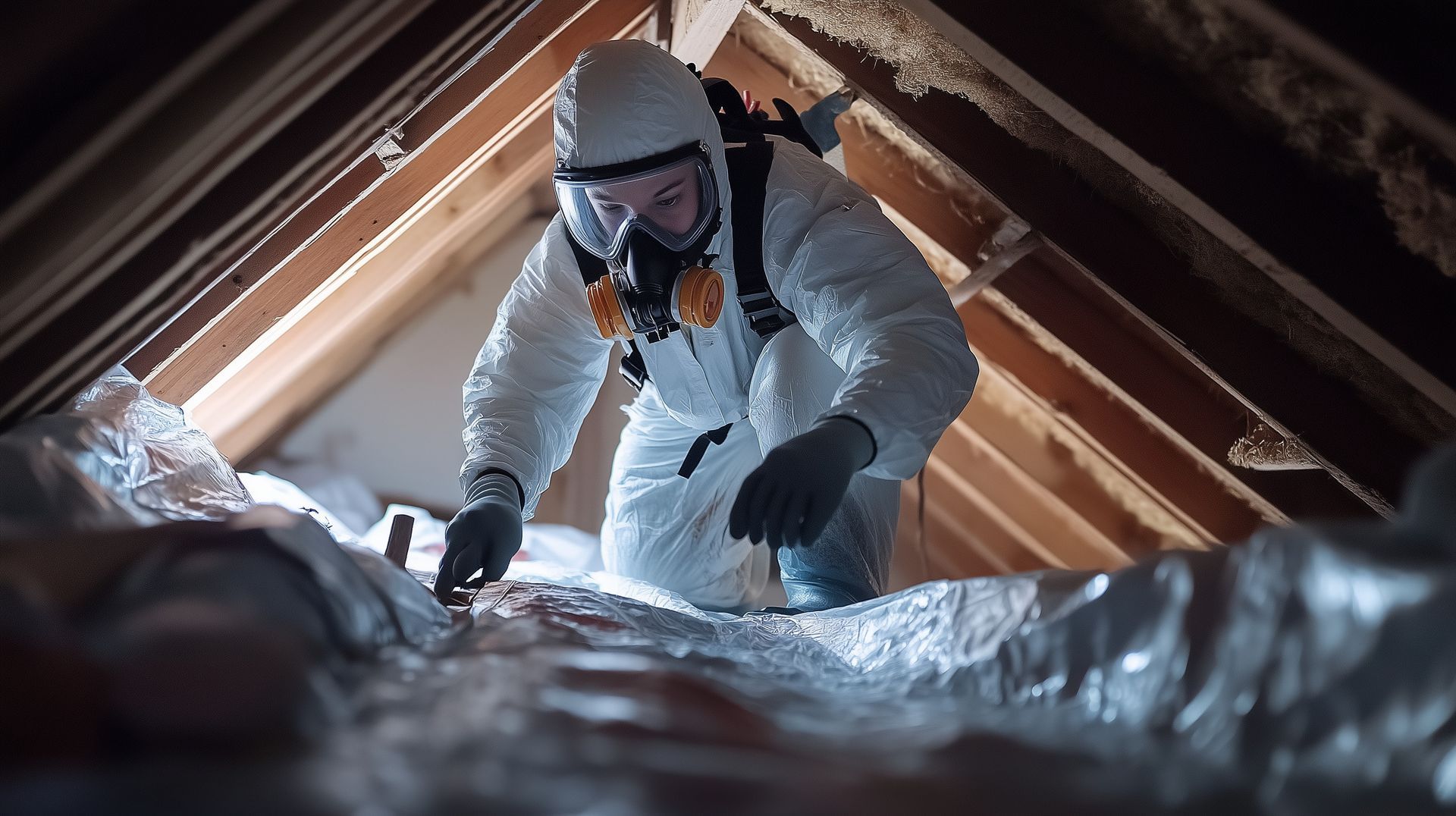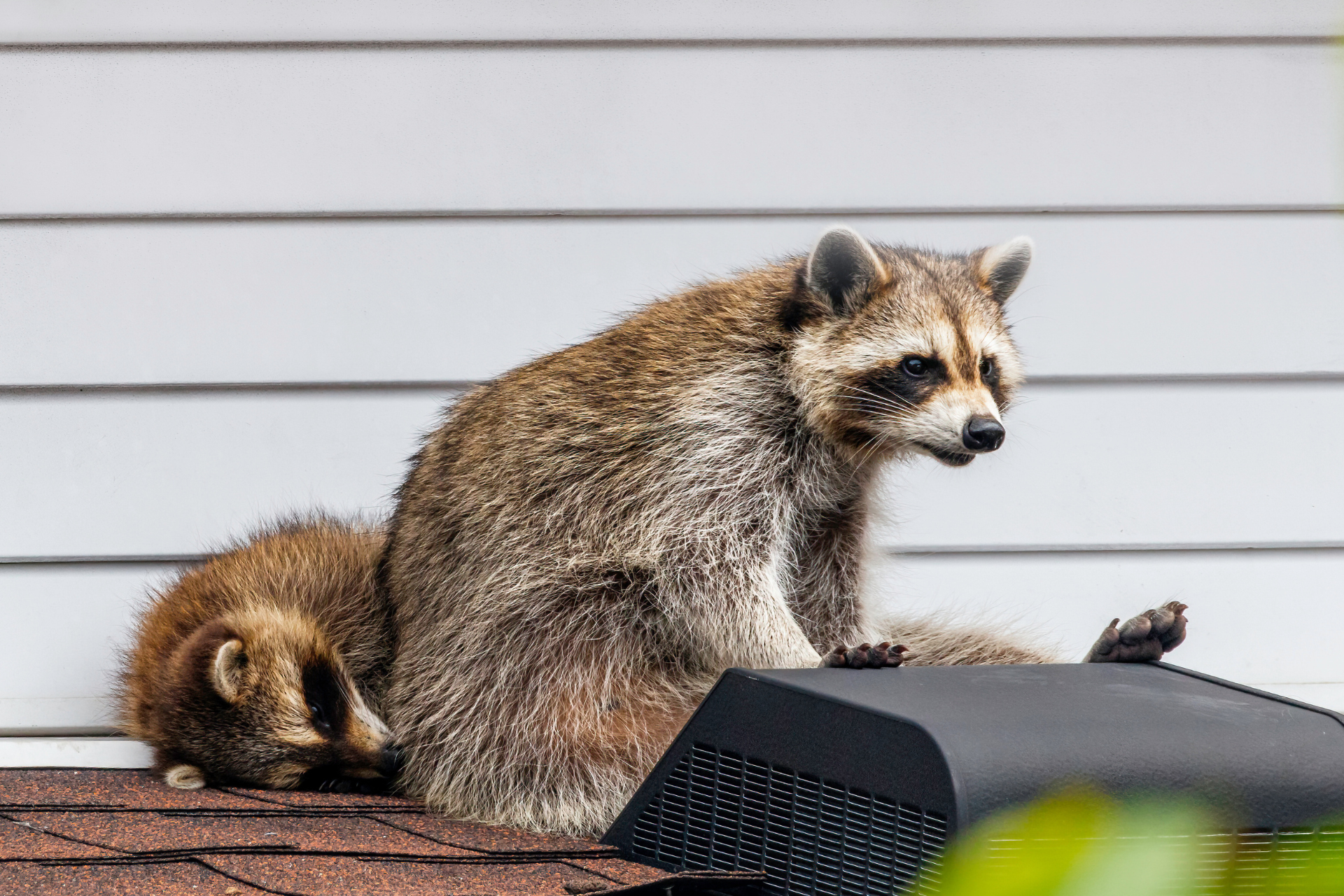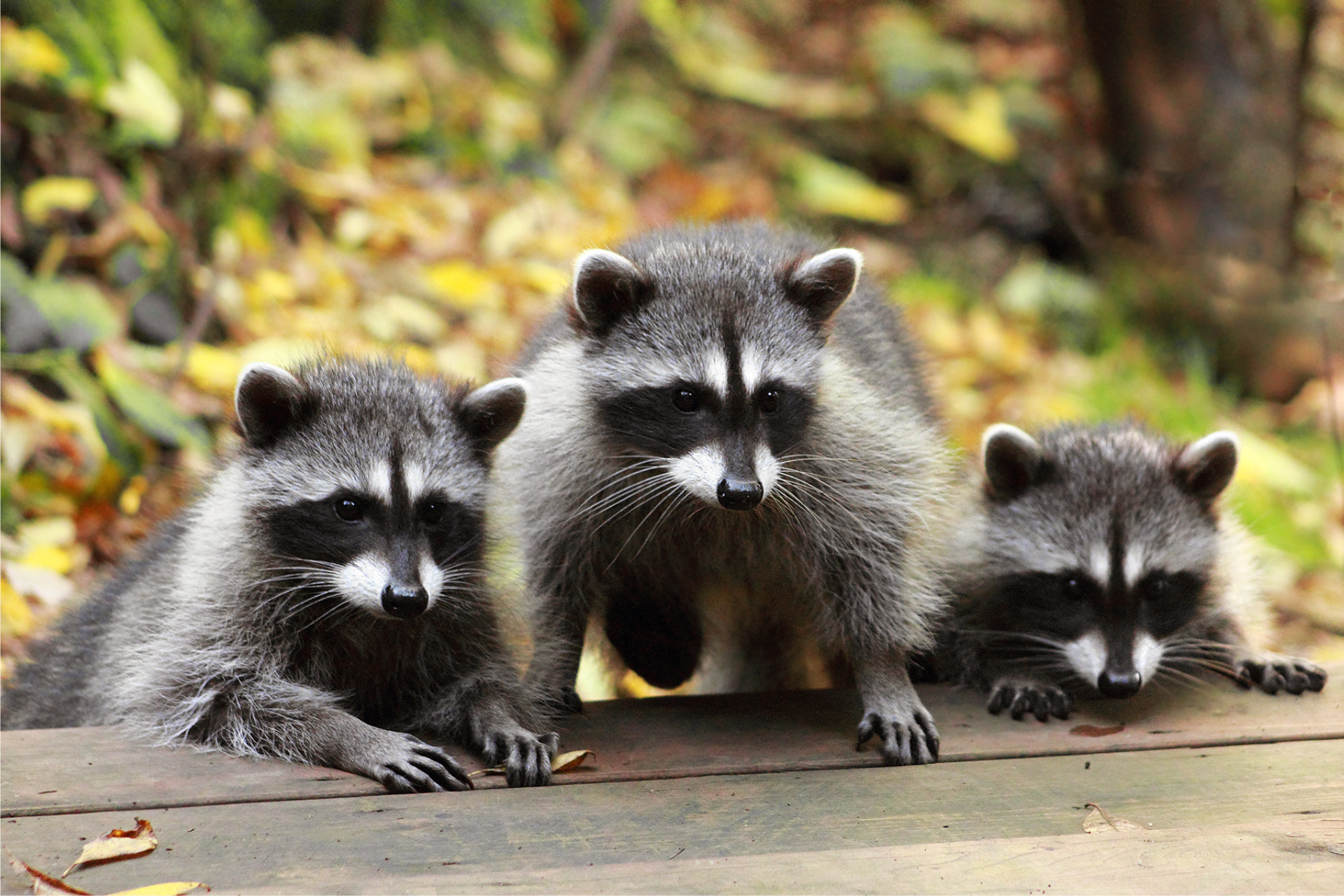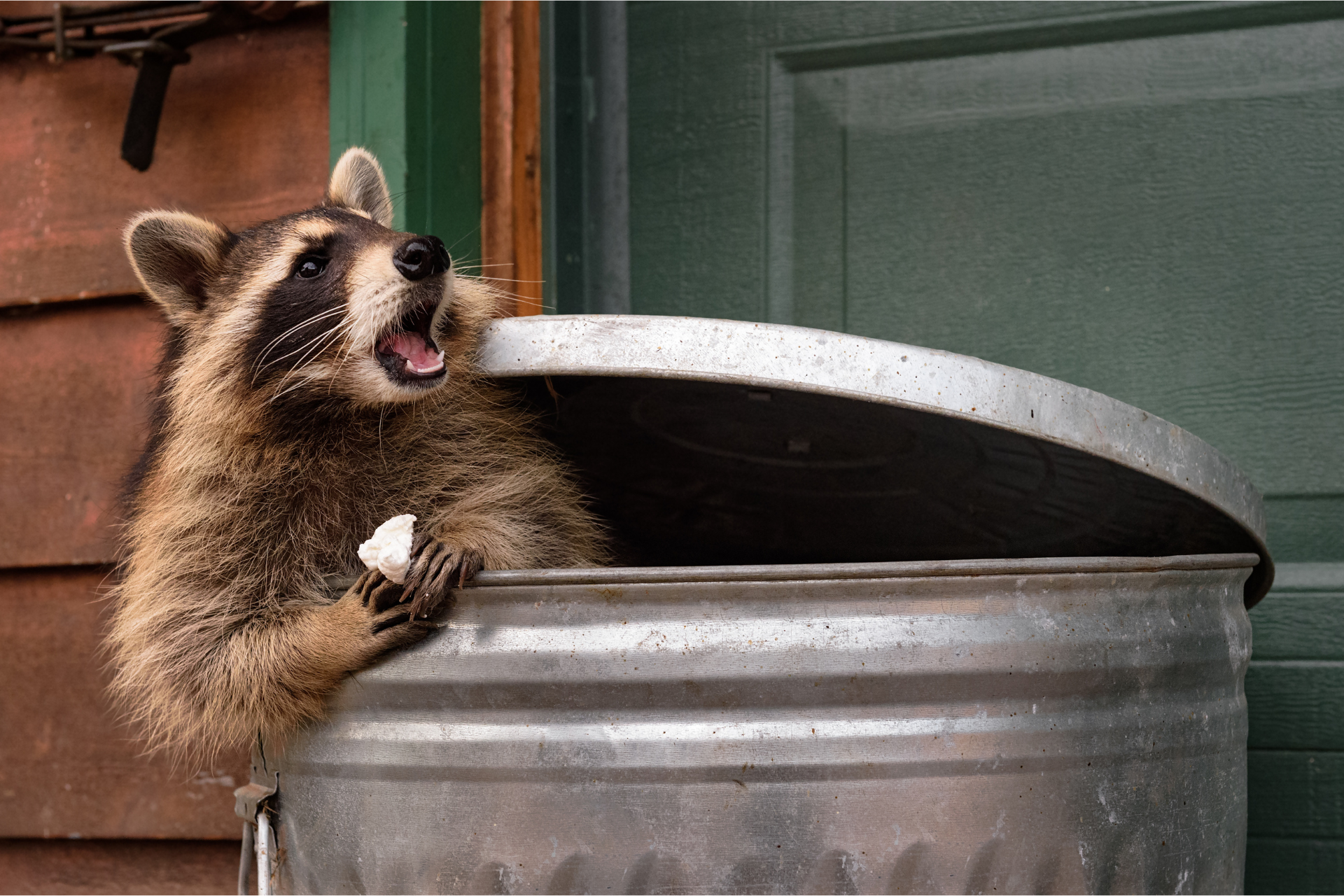How Construction And Renovation Attract Wildlife
Why Active Worksites Draw In Wild Animals
There’s a lot of excitement that comes with home improvement. Whether it’s a full-blown remodel or just a new deck out back, construction projects promise new beginnings and added value to your home. But while you're focused on blueprints, timelines, and fresh finishes, some wild neighbors may be eyeing your project for very different reasons. Construction and renovation don’t just transform your property — they change the landscape of opportunity for local wildlife. And many critters are quick to notice.
When the ground starts shaking and the walls start opening, animals see a chance — a new den, a warm nook, or an easy way in. It’s not always obvious at first. But the combination of noise, exposed materials, and new access points creates a perfect recipe for unwanted animal guests. Understanding why this happens — and what you can do about it — is the first step toward keeping your home yours alone.
Stirring Up The Neighborhood With Noise
One of the first things wildlife picks up on during construction is the noise. That whirring of saws, pounding of hammers, and constant human activity doesn’t just alert you to progress — it reverberates through the environment. And for animals living nearby, that disruption can be the push they need to relocate.
It might seem counterintuitive that loud noise would bring animals closer. But the truth is, it’s what the noise drives them from that causes problems. A den under a porch, a nest in a hollow tree, or a burrow along the fence line can suddenly feel way too chaotic for a mother raccoon or a nesting squirrel. So they move. And when they move, they’re looking for a new version of what they lost — something warm, dark, and close to food and water.
If your attic insulation is exposed, or your crawlspace vent is missing its screen, it might as well have a big “Vacancy” sign on it. Animals aren’t picky about pristine conditions. They're opportunists. If your construction displaces them or uncovers a more appealing hideout, they’re likely to explore it.
Materials That Appeal To More Than Just Builders
Fresh lumber, fiberglass, tar paper, foam board — to you, it’s just the ingredients for your next home upgrade. To animals, though, it's something entirely different. For many species, building materials resemble the textures and shapes they naturally nest in, or worse, offer insulation and shelter that's actually better than what they had before.
That stack of wood out back? It’s a luxury condo for rodents. The roll of insulation left unattended in the garage? Perfect bedding for raccoons, squirrels, or even opossums. Some creatures are drawn to the scent of fresh wood or even the glue and sealants, which mimic natural pheromones or tree saps they’re attracted to in the wild. Others are just after the warmth and protection a pile of building scraps can offer.
And then there’s the issue of materials left behind. Even if the job wraps up cleanly, little bits of debris can stick around in corners, under decks, or inside walls. All it takes is one good rainstorm and a forgotten tarp draped over a frame to create a damp, sheltered space that a skunk or groundhog might move into. It’s these overlooked details — scraps, spills, and stashes — that unintentionally extend an open invitation.
Gaps, Openings, And Easy Access
During the course of construction, your home isn’t as sealed-up as it usually is. Doors are propped open. Walls are exposed. Foundations get cracked open and roofs peeled back. And while these temporary access points might be part of the process for your crew, animals see them as prime entryways.
It doesn’t take long for a curious raccoon to nose its way through a gap in the soffit or for a squirrel to shimmy into the attic through an uncovered vent. Once they’re in, they don’t always wait for an exit to be built — they make their own, tearing insulation, chewing wires, and burrowing into wall cavities. If a project stretches out over weeks or months, those makeshift entrances can turn into full-time access points. Even after the work is finished, animals that found a way in often return, especially if they left behind nesting material or scent trails.
One common misstep is assuming a home is “critter-proof” once construction is complete. But without an inspection to seal up every nook and cranny — especially in areas altered during the project — you could be leaving just enough space for something to squeeze in. And many animals don’t need much. A mouse only needs a hole the size of a dime. A bat can slip through a crack barely wider than your thumb.
Wildlife Looking For Refuge In Human Spaces
At the heart of the issue is one simple truth: construction creates change. And in the animal world, change means opportunity. When habitats are disturbed or new ones suddenly appear, wildlife adapts. They look for places that are quieter, warmer, and less expose. And human homes, especially those mid-renovation, often provide that in spades.
Attics become ideal nurseries for raccoons. Wall voids act like tunnels for mice. Garages with unfinished drywall or missing trim can give access to everything from snakes to squirrels. Even beneath new additions — decks, sunrooms, porches — spaces meant to be functional and inviting for you can be just as inviting to the local wildlife if left unchecked.
And it’s not just rural properties dealing with these issues. Suburban neighborhoods are filled with raccoons, skunks, opossums, and birds that have learned to thrive near humans. In fact, many animals do better near people than they do in the wild because the food is easier to find and shelter is more abundant. So when your renovation kicks off, you might find yourself drawing a crowd — just not the kind you wanted.
At Critter Detective, we understand how quickly a simple home project can turn into a wildlife invitation. Renovations shake things up, and when they do, the local animals often come sniffing around. Our job is to make sure they don't stay. Whether you're in the middle of construction or just finished a big upgrade, it’s worth having a professional take a look. We know where wildlife tends to sneak in, what signs to look for, and how to close those access points before they become long-term residences.
If you’re gearing up for a renovation or already underway, now’s the time to think ahead. Contact Critter Detective and let’s make sure your improvements stay yours — without the added headache of surprise animal tenants.

